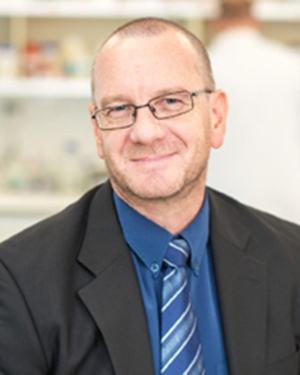
Patrick Sexton,Professor of Monash University, Melbourne, Australia. In the last five years Professor Patrick Sexton and colleagues have begun unravelling the complexities of drug action that could revolutionise pharmaceutical drug design. Their profound new knowledge of the complex interactions occurring on the surface of the body's cells challenges traditional views of how medicines work, and could lead to treatments so precise they can be tailored to individual patients.Working within the Monash Institute of Pharmaceutical Science, Patrick is uncovering the secrets of the largest family of cell surface receptors: G protein-coupled receptors (GPCRs). These receptors allow communication between what moves around the body to inside cells, and are the largest drug target family in the human genome.The established approach to drug design was based on a belief that all pathways activated by a receptor would be affected equally by drugs, with investigations of drug action limited to a single signalling pathway.However, Patrick's research has discovered there is far more going on at the cell surface. Receptor activity is far broader than previously understood. Most receptors are now known to activate multiple pathways. Further complicating the process, individual drugs acting at the same receptor cause different activity.This understanding creates the potential to develop drugs that selectively activate beneficial pathways and don't activate signals that are less beneficial and lead to side-effects.















